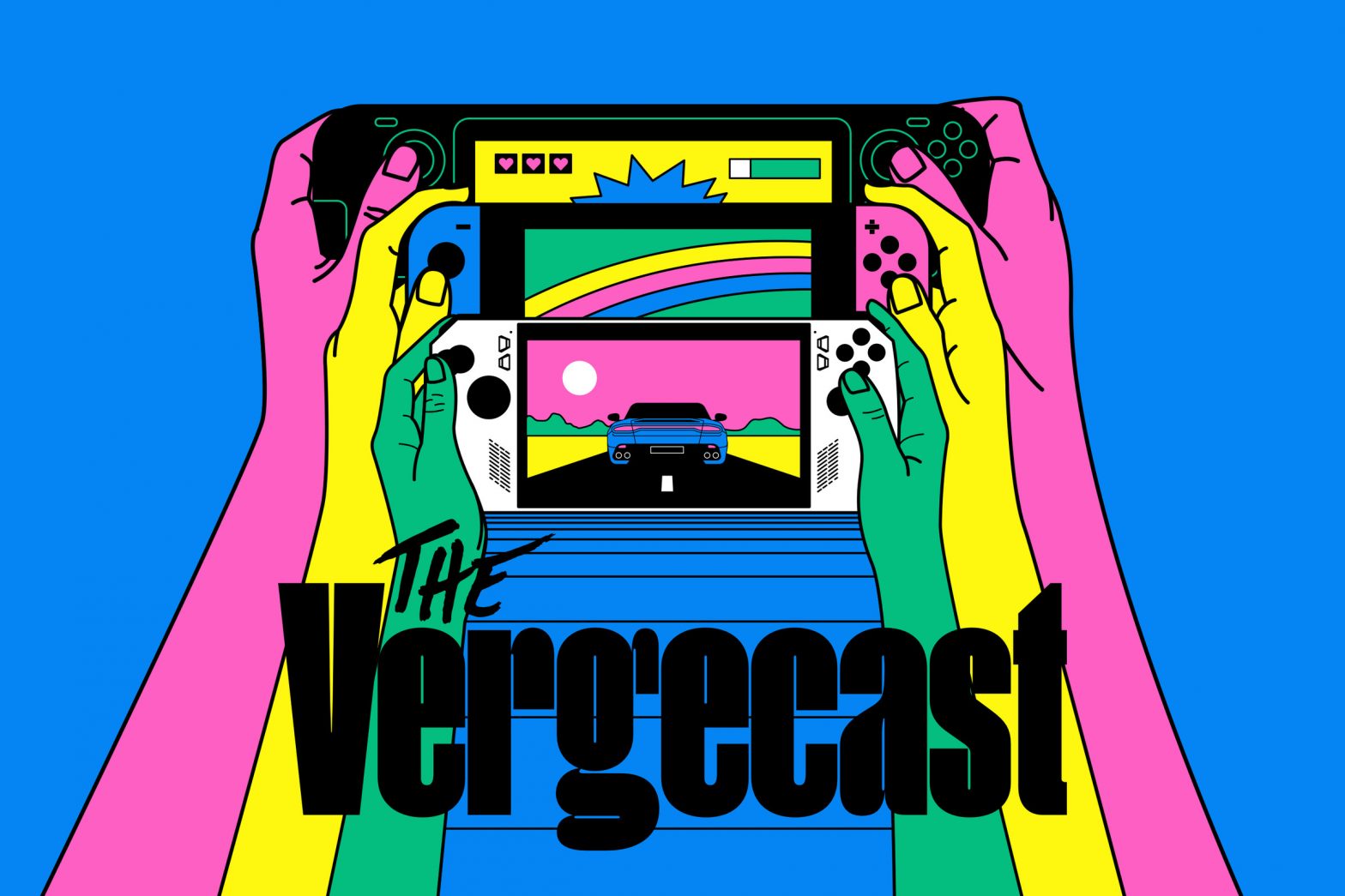/
The Vergecast and Polygon crews dive deep into the history and the comeback of the consoles you can hold.
Share this story
:format(webp)/cdn.vox-cdn.com/uploads/chorus_asset/file/25061733/Handheld_Gaming_1920x1080px.png)
In 1989, ancient history in the gaming era, Nintendo released a three-and-a-half-minute commercial for its new device. A kid shouts angrily because he has to stop playing games so the family can leave on vacation; the car sags, and its tire deflates when his dad shoves a giant CRT TV into the back seat. “The secret to Nintendo’s success lies in bringing arcade games forward, into the home,” says the jaunty narrator. “Taking it out of the home is another story.”
And then, the grand reveal: the Game Boy! The gaming system you can take with you. After that comes a song I’d rank somewhere in the range of “unaired musical SNL sketch” in which our emcee narrates the Game Boy going to the lake, on a date, a movie theater, a baseball diamond, a plane, and more.
The song is horrific, the commercial is spectacular, and the point is this: the people who make game consoles have understood for decades that the best console is the one you can have with you. That used to require huge compromises, though: mobile consoles were clumsy and underpowered; they needed their own games; and they were always at least a few generations behind the best of the in-home gaming systems.
There have been a few moments in gaming history when the industry has thought it solved this problem. When PlayStation launched the PSP and Nintendo dropped the first DS, almost 20 years ago now, both companies made big promises about the wireless revolution and how it might change gaming. Then, everybody spent the next decade or so being distracted by the rise of the smartphone and still treating their handheld consoles like completely different devices.
But it’s different now. Thanks to devices like the Nintendo Switch (which Nintendo framed as the conclusion of a decades-long journey to make the perfect do-everything gaming device) and Valve’s Steam Deck (the best combo yet of power and portability), there’s now proof in the market that you can have a console that does everything well and makes almost no compromises.
For this episode of The Vergecast, the first in our series of three episodes about the state and future of gaming, we grab two of our friends from Polygon and dig into why this is the moment for handheld gaming to truly take over. It’s a story about hardware and the fact that the smartphone revolution has finally made it possible to make a seriously powerful mobile device. It’s also about cloud gaming and app store taxes and the changing nature of the games themselves.
The handheld gaming hardware industry is suddenly bursting with innovation. The Switch and Steam Deck are both still excellent devices, but Asus, Ayaneo, Logitech, and others are their own paths as dedicated handheld systems. Analogue’s consoles are so good, they’re usually out of stock; Anbernic, Retroid, and others are building popular emulation devices; and even your phone is rapidly becoming a much more serious gaming device. There will always be gamers who want the most, best, and fastest gaming experiences, and PCs and dedicated consoles will always be for them. But most gamers will be perfectly happy with the device in their hands.
You can take it to the lake! That’s the future of gaming, right there.
